Home>Garden Essentials>What Does Crop Rotation Do
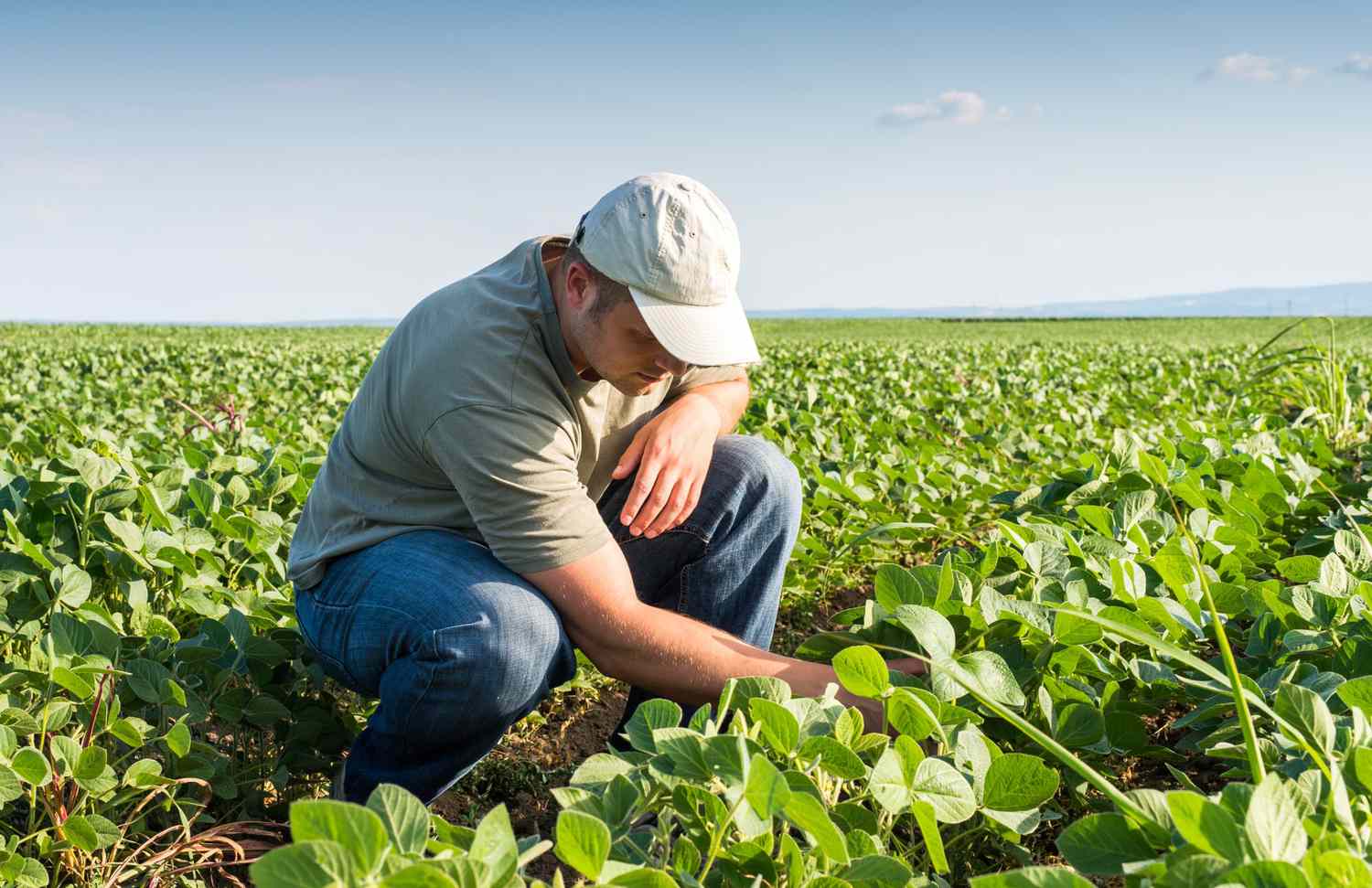

Garden Essentials
What Does Crop Rotation Do
Modified: March 16, 2024
Discover the benefits of crop rotation in your garden and how it improves soil health, reduces pests and promotes optimal plant growth.
(Many of the links in this article redirect to a specific reviewed product. Your purchase of these products through affiliate links helps to generate commission for Storables.com, at no extra cost. Learn more)
Introduction
In the realm of gardening and farming, crop rotation is a powerful technique that has been practiced for centuries. It involves the systematic and strategic rotation of different crops on a specific piece of land over a period of time. This agricultural practice offers numerous benefits, including improved soil fertility, effective weed and pest control, disease prevention, nutrient management, and increased crop productivity.
Crop rotation is not a new concept; in fact, it has its roots in ancient civilizations. Early civilizations, such as the Babylonians and Egyptians, recognized the importance of diversifying crops and understood the link between soil health and agricultural success. Over the years, this practice has evolved, with modern farmers incorporating scientific knowledge and technology to further enhance its effectiveness.
The primary goal of crop rotation is to break the cycle of pests, diseases, and nutrient depletion that can occur when the same crop is grown repeatedly on the same piece of land. Through a carefully planned rotation schedule, farmers can optimize the health of the soil, mitigate the risk of crop failure, and increase overall yields.
In this article, we will delve deeper into the concept of crop rotation, exploring its historical background, benefits, and challenges. By understanding the fundamentals of this agricultural practice, you can harness its power to improve your own gardening or farming endeavors.
Key Takeaways:
- Crop rotation improves soil health, controls pests, and boosts crop productivity by strategically rotating different crops. It’s like giving the land a balanced diet to stay healthy and produce better crops.
- By diversifying crops and rotating them, farmers can reduce the need for chemical treatments, improve soil fertility, and stabilize their income. It’s like a natural and sustainable way to keep the farm healthy and profitable.
Read more: What Was Crop Rotation?
Definition of Crop Rotation
Crop rotation refers to the practice of growing different types of crops in a specific sequence on a particular piece of land. It involves the systematic rotation of crops from one year to another, ensuring that each crop is grown in a different location within a defined rotation cycle.
There are various approaches to crop rotation, but the principle remains the same: to diversify the crops grown on a piece of land to maintain soil health, maximize productivity, and minimize the risk of pests, diseases, and nutrient deficiencies.
The specific crop rotation plan can vary depending on factors such as climate, soil conditions, crop compatibility, and local farming practices. Common crop rotation systems include two-field, three-field, and four-field rotations, each with its own set of crops and rotation schedule.
The timing and sequence of crop rotation are crucial for its success. Typically, the rotation cycle lasts for several years, with crops being rotated annually or every few years. The duration of each cycle may vary, but the goal is to allow enough time for the land to recover and for the benefits of crop rotation to be realized.
For example, in a two-field rotation system, one field may be planted with a cereal crop, such as wheat or barley, in year one. In the following year, that field will be planted with a legume crop, such as peas or beans, to fix nitrogen in the soil. This rotation helps to replenish soil nutrients and reduce weed and pest pressure.
The specific crops chosen for rotation depend on several factors, including their compatibility, nutrient requirements, growth habits, and market demand. By alternating crops with different nutrient needs and growth characteristics, farmers can effectively manage soil fertility, control pests, and reduce the risk of crop-specific diseases.
Effective crop rotation involves careful planning and consideration of factors such as crop characteristics, soil conditions, and economic viability. With proper implementation, crop rotation can be a sustainable and efficient approach to maximize agricultural productivity while minimizing environmental impact.
Historical Background of Crop Rotation
The practice of crop rotation has a rich and fascinating historical background that spans several millennia. It can be traced back to ancient civilizations, who recognized the importance of diversifying crops and preserving soil health for sustainable agricultural practices.
One of the earliest known examples of crop rotation dates back to ancient Mesopotamia, present-day Iraq, around 6000 BCE. The Babylonians practiced a form of crop rotation where they would alternate the cultivation of barley and legumes to improve soil fertility. This early form of rotational farming laid the foundation for future advancements in agricultural practices.
In ancient Egypt, the Nile River played a significant role in facilitating crop rotation. The annual flooding of the river resulted in nutrient-rich silt being deposited on farmland, enabling farmers to grow a variety of crops. This natural fertility replenishment encouraged the use of crop rotation, as farmers recognized that alternating crops ensured the optimal use of nutrient resources.
The concept of systematic crop rotation gained further prominence during the medieval period in Europe. The three-field system, a popular form of crop rotation during this time, divided the land into three fields: one for winter crops like wheat and rye, one for spring crops like peas and beans, and one that lay fallow. The fallow field allowed the soil to rest and regenerate, preventing nutrient depletion and improving overall soil health.
During the 18th and 19th centuries, advancements in scientific knowledge and agricultural practices brought further understanding and refinement to crop rotation techniques. Notable figures such as George Washington Carver and Sir Albert Howard contributed significant research and experimentation in crop rotation, emphasizing the importance of soil fertility and the role of organic matter in sustainable farming.
In modern times, crop rotation continues to be an essential agricultural practice. It is integrated with scientific knowledge and technology, allowing farmers to make informed decisions about crop choices and rotation schedules. Soil testing, genetic selection, and precision farming techniques further enhance the effectiveness of crop rotation, resulting in improved yields and reduced environmental impact.
Overall, crop rotation has evolved from traditional knowledge passed down through generations to a scientifically informed practice. Its historical significance highlights the value placed on maintaining soil health, diversifying crops, and ensuring long-term agricultural sustainability.
Benefits of Crop Rotation
Crop rotation offers a multitude of benefits that contribute to overall agricultural sustainability and productivity. By diversifying the crops grown on a piece of land and strategically rotating them, farmers can reap the following advantages:
- Improved Soil Fertility: One of the primary benefits of crop rotation is the enhancement of soil fertility. Different crops have varying nutrient requirements, and by rotating crops, farmers can ensure that the soil does not become depleted of specific nutrients. For example, legume crops have the ability to fix atmospheric nitrogen, enriching the soil for subsequent crops that have higher nitrogen demands. Additionally, crop rotation helps to improve soil structure and increase organic matter content, resulting in increased water holding capacity and nutrient availability.
- Weed and Pest Control: Crop rotation is an effective method for managing weeds and pests. Different crops have different effects on weed populations, and by rotating crops, farmers can disrupt weed growth cycles and reduce weed pressure. Additionally, certain crops attract or repel specific pests, allowing for natural pest control. By rotating crops, farmers can reduce the buildup of pest populations and decrease the need for chemical pesticides.
- Disease Prevention and Management: Crop rotation plays a crucial role in preventing and managing crop diseases. Many plant diseases are crop-specific, meaning they primarily affect one type of crop. By rotating crops, farmers can break the disease cycle, as pathogens that attack one crop may not pose a significant threat to the next crop in the rotation. This reduces the reliance on chemical treatments and promotes a healthier plant population.
- Nutrient Management: Different crops have varying nutrient requirements. By strategically rotating crops, farmers can optimize nutrient utilization in the soil. For example, heavy nitrogen feeders can be followed by nitrogen-fixing legumes, which replenish the soil with nitrogen for the next crop in the rotation. Effective nutrient management through crop rotation reduces the need for excessive fertilizer applications and minimizes nutrient runoff, promoting environmental sustainability.
- Increased Crop Productivity: Crop rotation has been shown to increase overall crop productivity. By breaking the cycle of pests, diseases, and nutrient deficiencies, crop rotation enables crops to grow in healthier environments. This results in improved yields, better quality produce, and reduced crop losses. The diversity of crops in rotation also spreads out the risks associated with individual crop failures, ensuring a more stable and reliable harvest.
Crop rotation offers a holistic approach to sustainable agriculture, addressing various aspects of soil health, pest and disease management, nutrient utilization, and overall crop productivity. By implementing effective crop rotation practices, farmers can enjoy long-term benefits while minimizing environmental impact and promoting agricultural resilience.
Improved Soil Fertility
One of the key benefits of crop rotation is the improvement of soil fertility. Soil fertility is essential for healthy plant growth, as it ensures the availability of essential nutrients and promotes optimal soil structure and biological activity.
When the same crop is grown continuously in a field, it can deplete specific nutrients from the soil, leading to imbalances and reduced fertility. However, by strategically rotating crops, farmers can replenish and balance nutrient levels, resulting in improved soil fertility and overall crop health.
There are several mechanisms through which crop rotation improves soil fertility:
- Nutrient Cycling: Different crops have varying nutrient requirements. By rotating crops with different nutrient needs, farmers can optimize the utilization of soil nutrients. For instance, crops that are heavy nitrogen feeders can be followed by nitrogen-fixing legumes, which have the ability to convert atmospheric nitrogen into a form usable by plants. The legumes enrich the soil with nitrogen, benefiting subsequent crops in the rotation that require higher nitrogen levels.
- Organic Matter Accumulation: As organic matter decomposes, it releases nutrients and enhances soil structure. By incorporating crops with high biomass production, such as cover crops and green manure, into the rotation, farmers can increase the organic matter content of the soil. This enriches the soil with essential nutrients, improves water retention, enhances microbial activity, and promotes overall soil health and fertility.
- Reduced Soil Erosion: Crop rotation can help reduce soil erosion, which is a significant factor contributing to soil fertility loss. By diversifying crops and maintaining ground cover throughout the year, crop rotation minimizes soil erosion caused by wind and water runoff. The presence of plant roots helps anchor the soil, preventing erosion and preserving its nutrient-rich top layer.
- Improved Soil Structure: Different crops have varying root structures that impact the physical properties of the soil. Deep-rooted crops, for example, help break up compacted soil layers, improving aeration and water infiltration. By rotating crops with different root systems, farmers can promote better soil structure, which enhances nutrient availability and uptake by plants.
Overall, crop rotation provides a natural and sustainable approach to improving soil fertility. By diversifying crops, optimizing nutrient cycling, increasing organic matter, reducing erosion, and enhancing soil structure, farmers can ensure the long-term health and productivity of their land. Taking care of soil fertility is not only beneficial for current crop yields but also essential for the preservation of agricultural land for future generations.
Read more: What Is Crop Rotation Strip Cropping
Weed and Pest Control
Effective weed and pest control is a vital aspect of successful crop production. Crop rotation offers a powerful and natural method for managing weeds and pests, reducing the reliance on chemical interventions and promoting a healthier farming ecosystem.
Weed Control:
When the same crop is grown repeatedly in a field, it creates an ideal environment for the proliferation of certain weed species that are well-adapted to that crop. These weeds can compete with the crops for resources such as nutrients, water, and sunlight, resulting in reduced crop yields.
By implementing crop rotation, farmers can disrupt the weed growth cycle and minimize weed pressure. Different crops have varying effects on weed populations, with some crops suppressing weeds more effectively than others. By rotating crops, especially those with allelopathic properties (natural weed-suppressing traits), farmers can reduce the abundance of specific weeds in their fields.
Additionally, the inclusion of cover crops in the rotation can further enhance weed control. Cover crops act as living mulch, shading the soil and preventing weed seed germination. They also compete with weeds for resources, effectively reducing their growth and spread.
Pest Control:
Pests, such as insects, nematodes, and diseases, can cause significant damage to crops. Monoculture (growing the same crop in the same location repeatedly) provides a favorable environment for pests, as their populations can build up and concentrate in the field.
Crop rotation disrupts the pest life cycle and reduces the risk of pest infestations. Different crops have varying susceptibility to pests, with some crops acting as repellents or traps for specific pests. By rotating crops, farmers can minimize pest populations and limit the severity of pest-related issues.
Furthermore, crop rotation can help control pests indirectly by promoting beneficial insects and organisms. Some insects, called natural enemies, prey on crop pests and play a vital role in pest control. By diversifying crops, farmers provide habitat and food sources for these beneficial insects, helping to maintain a balanced ecosystem and reduce reliance on chemical pesticides.
Crop rotation also breaks the cycle of certain crop-specific diseases. Planting the same crop in the same location over consecutive years can lead to a buildup of pathogens in the soil, increasing the risk of disease outbreaks. By rotating crops, farmers reduce the presence of crop-specific pathogens, minimizing disease pressure and the need for chemical treatments.
In summary, crop rotation offers an environmentally friendly and sustainable approach to weed and pest control. By diversifying crops and disrupting the growth cycle of weeds and pests, farmers can reduce the need for herbicides and pesticides, minimize yield losses, and promote a healthier farming ecosystem.
Disease Prevention and Management
Disease prevention and management are essential components of successful crop production. Crop rotation is an effective strategy that can help minimize the incidence and severity of diseases in agricultural fields.
Plant diseases are caused by pathogenic microorganisms such as fungi, bacteria, viruses, and nematodes. These pathogens can persist in the soil and infect crops of the same species when planted in the same location for multiple growing seasons. Continuous cultivation of a single crop species in a field creates an environment conducive to disease development and can lead to significant crop losses.
Crop rotation breaks the disease cycle by disrupting the presence of pathogens in the soil. Different crops have varying susceptibilities to specific diseases. By rotating crops, farmers reduce the buildup of pathogens and decrease the likelihood of disease outbreaks.
Here are some ways in which crop rotation helps with disease prevention and management:
- Interrupting Disease Life Cycles: Many plant pathogens have a specific host range, meaning they can only infect certain plant species. By rotating crops, farmers prevent the buildup of pathogens that target a particular crop. This interruption in the disease life cycle reduces the risk of infection and subsequent disease development.
- Reducing Inoculum Load: Inoculum refers to the propagules or infectious particles of pathogens in the soil. By growing different crops in rotation, farmers decrease the population of specific pathogens in the soil, reducing the overall inoculum load. This limits the source of infection and lowers the risk of disease transmission to subsequent crops.
- Benefiting from Disease Breaks: Some crops possess natural disease resistance or tolerate certain diseases better than others. By including these resistant or tolerant crops in the rotation, farmers can take advantage of disease breaks. During a disease break, the absence of the susceptible crop reduces the pathogen’s ability to survive and spread, effectively managing disease pressures.
- Enhancing Soil Health: Crop rotation contributes to overall soil health, which in turn improves disease management. Healthy soils with good structure, proper nutrient balance, and high microbial activity promote strong plant growth and provide natural defense mechanisms against diseases. Crop rotation, along with other soil management practices, helps maintain optimal soil health and resilience against diseases.
- Implementing Cultural Practices: Crop rotation allows for the integration of cultural practices that further aid in disease prevention and management. For example, rotation can be combined with practices such as sanitation, proper plant spacing, pruning, and crop residue management. These practices help control the spread of pathogens, reduce disease incidence, and optimize plant health.
By incorporating crop rotation into their farming practices, growers can proactively manage diseases and mitigate the risks associated with pathogen build-up. This approach promotes sustainable agriculture by reducing reliance on chemical treatments, minimizing crop losses, and maintaining the long-term health and productivity of fields.
Crop rotation helps improve soil fertility, reduce pest and disease pressure, and increase crop yields. By rotating different types of crops, it can also help break pest and disease cycles, and reduce the need for chemical inputs.
Read more: What Are Cover Crops And Crop Rotation?
Nutrient Management
Nutrient management is a critical aspect of successful crop production, as it directly influences plant growth, yield, and overall crop health. Crop rotation is an effective and sustainable practice that helps optimize nutrient utilization in the soil, ensuring that crops have access to the essential nutrients they need for optimal growth.
Here are some ways in which crop rotation benefits nutrient management:
- Optimizing Nutrient Utilization: Different crops have varying nutrient requirements. By rotating crops with different nutrient needs, farmers can maximize the use of available nutrients in the soil. For example, nitrogen-fixing legume crops, such as peas or beans, have the ability to convert atmospheric nitrogen into a form that plants can use. By including legumes in the rotation, farmers can replenish nitrogen levels in the soil for subsequent crops that require higher nitrogen levels. This reduces the reliance on synthetic fertilizers and promotes natural nutrient cycling.
- Reducing Nutrient Depletion: When the same crop is grown continuously in a field, it depletes specific nutrients from the soil, leading to imbalances and reduced fertility. By rotating crops, farmers can prevent excessive nutrient depletion as each crop has different nutrient demands. This ensures that the soil remains fertile and capable of supporting healthy plant growth.
- Preventing Nutrient Buildup: On the flip side, certain nutrients can accumulate in the soil when the same crop is grown repeatedly. This can lead to nutrient imbalances and potential nutrient toxicities. By rotating crops, farmers prevent the buildup of excess nutrients, promoting a more balanced nutrient profile in the soil and reducing the risk of nutrient imbalances.
- Reducing Fertilizer Dependency: Crop rotation can help reduce the reliance on synthetic fertilizers. By optimizing nutrient cycling and ensuring nutrient availability through crop rotation, farmers can minimize the need for excessive fertilizer applications. This not only reduces input costs but also minimizes the environmental impact associated with fertilizer use, such as nutrient runoff into water bodies.
- Enhancing Soil Organic Matter: Incorporating cover crops or green manure in the rotation increases the organic matter content of the soil. Organic matter serves as a reservoir of essential nutrients and helps improve soil structure and water-holding capacity. By increasing organic matter through crop rotation, farmers enhance nutrient availability and reduce nutrient leaching, leading to more efficient nutrient management.
Effective nutrient management through crop rotation requires careful planning and consideration of crop nutrient requirements, soil nutrient levels, and the desired crop sequence. Regular soil testing can provide valuable information about nutrient levels and guide fertilizer application decisions.
By implementing a well-designed crop rotation system, farmers can optimize nutrient utilization, maintain soil fertility, and minimize nutrient imbalances. This approach promotes sustainable agriculture by reducing nutrient loss and dependency on synthetic fertilizers, while ensuring crops’ nutritional needs are met for optimal growth and productivity.
Increased Crop Productivity
One of the primary goals of any farmer or gardener is to maximize crop productivity. Crop rotation is a powerful tool that can significantly contribute to increased yields, improved crop quality, and enhanced overall productivity. By diversifying the crops grown in a field and strategically rotating them, farmers can reap several benefits that positively impact crop productivity.
Here are some ways in which crop rotation boosts crop productivity:
- Breaks Pest and Disease Cycles: Planting the same crop in the same location year after year can lead to the buildup of pests, diseases, and pathogens specific to that crop. By rotating crops, farmers interrupt the life cycles of these pests and diseases, reducing their incidence and severity. This results in healthier crops with reduced pest and disease pressures, leading to increased productivity.
- Improved Soil Fertility: Different crops have varying nutrient requirements. By rotating crops, farmers can prevent nutrient depletion and optimize nutrient cycling in the soil. This promotes better nutrient availability for crops, supporting their growth and maximizing productivity. Additionally, crop rotation enhances soil structure, moisture retention, and biological activity, creating an ideal growing environment for plants.
- Enhanced Weed Control: Continuous cultivation of the same crop can lead to weed infestations, which compete with crops for resources and reduce yields. By implementing crop rotation, farmers can disrupt weed growth cycles and reduce weed pressure. Different crops have different effects on weed populations, with some crops naturally suppressing weeds more effectively. Effective weed control enables crops to access resources more efficiently, resulting in increased productivity.
- Promotes Nutrient Utilization: Crop rotation allows for the optimization of nutrient utilization by different crops. By rotating crops with varying nutrient requirements, farmers can ensure balanced nutrition in the soil. This prevents nutrient deficiencies or excesses and supports optimal plant growth and productivity. Additionally, incorporating nitrogen-fixing legumes in rotation helps replenish soil nitrogen levels naturally, reducing the need for synthetic fertilizers.
- Reduces Yield Variability: Growing a single crop in a monoculture system increases the risk of crop failure due to pests, diseases, or adverse weather conditions. Crop rotation minimizes this risk by spreading it across different crops. If one crop suffers from an issue, the others in rotation can compensate, ensuring a more stable and consistent supply of produce and minimizing yield variability.
By implementing a diverse crop rotation plan, farmers can maintain a healthier and more sustainable farming system. The combination of pest and disease management, improved soil fertility, weed control, enhanced nutrient utilization, and reduced yield variability all contribute to increased crop productivity.
It is important to note that effective crop rotation requires careful planning, considering factors such as crop compatibility, market demand, and specific regional conditions. Farmers should also regularly monitor and assess the outcomes of their crop rotation practices, making adjustments as needed to optimize productivity and ensure long-term success.
Economics of Crop Rotation
Crop rotation not only offers numerous agronomic benefits but also carries economic advantages for farmers. By implementing a well-designed crop rotation system, farmers can improve their profitability and ensure long-term economic sustainability.
Here are some key economic benefits of crop rotation:
- Diversified Income Streams: Crop rotation allows farmers to diversify their crops and therefore their income sources. By growing a variety of crops, farmers can spread their financial risk and reduce dependence on a single crop. This helps protect against market fluctuations, price volatility, and the potential impact of crop-specific issues such as pests or diseases.
- Improved Yield Stability: Crop rotation provides increased yield stability. By reducing the risk of crop failure due to pest and disease pressure, diversified crop rotations help maintain more consistent yields. This stability contributes to a more predictable income stream for farmers and reduces the negative financial impacts of crop loss, which can occur when relying solely on a single crop.
- Reduced Input Costs: Crop rotation enables farmers to optimize their use of inputs, resulting in reduced costs. For example, crop-specific pests and diseases can be controlled more effectively with rotation, reducing the need for expensive chemical treatments. Additionally, by replenishing soil nutrients through crop rotation, farmers can minimize fertilizer usage, resulting in cost savings over time.
- Improved Soil Health and Reduced Soil Erosion: Crop rotation helps maintain soil health, which in turn leads to long-term economic benefits. Healthy soils with improved structure, water-holding capacity, and nutrient availability all contribute to higher crop productivity. Furthermore, the reduction in soil erosion due to the inclusion of cover crops and diverse rotations helps preserve valuable topsoil, which is essential for sustained agricultural productivity.
- Enhanced Market Opportunities: Crop rotation allows farmers to respond to market demands and take advantage of evolving consumer preferences. Having a diverse crop rotation system enables farmers to adapt to changing market conditions, shifting their crop choices to meet consumer demands. This flexibility enhances market opportunities and can potentially lead to higher profits.
While crop rotation requires careful planning and management, the economic benefits it offers can outweigh the challenges. However, it is crucial to consider factors such as crop suitability, market demand, and the specific needs of the farming operation when designing a crop rotation system.
It is also important to note that the economic benefits may vary depending on the region, climate, farm size, and specific market dynamics. Farmers should carefully analyze their individual circumstances and adapt their crop rotation strategies accordingly to maximize the economic advantages and ensure their long-term profitability.
Challenges and Limitations of Crop Rotation
While crop rotation offers numerous benefits, it is important to acknowledge the challenges and limitations associated with this agricultural practice. Understanding these challenges can help farmers implement more effective crop rotation strategies and overcome potential limitations.
Here are some of the challenges and limitations of crop rotation:
- Specialized Equipment and Infrastructure: Implementing crop rotation may require additional equipment and infrastructure. Different crops have varying planting, harvesting, and maintenance requirements, which may necessitate specific machinery or tools. Farmers need to consider the associated costs and ensure they have the necessary resources to support a diverse range of crops in their rotation.
- Market Demand and Accessibility: Crop rotation involves growing different crops, and their market demand and accessibility may vary. Farmers need to consider the marketability and profitability of each crop in their rotation. It is essential to have reliable market channels and a clear understanding of consumer preferences to ensure that the rotation is financially viable.
- Crop Compatibility and Rotational Constraints: Not all crops are compatible in terms of growth habits, nutrient requirements, and pest susceptibility. Designing a crop rotation plan that takes into account the compatibility of crops is crucial. Some crops may also have limitations in terms of local climate or soil conditions, which need to be considered to ensure successful crop growth and yield.
- Managing Timing and Synchronization: Crop rotation relies on well-timed planting, harvesting, and fallow periods to be effective. Coordinating these activities can be challenging, especially when faced with factors such as weather fluctuations and labor availability. Farmers need to carefully plan and manage their rotation schedules to ensure optimal timing and synchronization of crop transitions.
- Pest and Disease Persistence: While crop rotation helps reduce pest and disease pressure, some pathogens and pests can still persist in the soil or surrounding areas. Certain diseases and pests have a wider host range and can infect multiple crop species. Farmers need to be vigilant in monitoring and managing these persistent pests and diseases to minimize their impact.
- Transitioning to Crop Rotation: Transitioning from a conventional monoculture system to a diverse crop rotation system may require a significant adjustment in management practices and mindset. Farmers need to understand the principles and benefits of crop rotation and be willing to invest time and effort in planning and implementing rotation schedules. Education and support from agricultural experts can be valuable during this transition phase.
As with any farming practice, there are challenges to overcome when implementing crop rotation. However, with careful planning, adaptation, and a proactive approach to address these limitations, farmers can harness the benefits of crop rotation and create a more sustainable and productive agricultural system.
It is important for farmers to regularly assess the outcomes of their crop rotation practices, make adjustments as needed, and continually learn from their experiences to optimize the benefits and overcome potential limitations.
Read more: What Is A Good Location To Do Crop Rotation
Conclusion
Crop rotation is a powerful agricultural practice that has been used for centuries to enhance soil health, manage pests and diseases, optimize nutrient utilization, and increase crop productivity. By strategically rotating different crops in a well-designed rotation system, farmers can reap a multitude of benefits, both agronomic and economic.
Throughout history, crop rotation has played a vital role in sustaining agricultural practices and ensuring long-term food production. Ancient civilizations recognized the importance of diversifying crops and preserving soil fertility, paving the way for the modern understanding and implementation of crop rotation techniques.
Today, scientific knowledge and technological advancements have further enhanced the effectiveness of crop rotation. Farmers can use soil testing, precision farming techniques, and advanced machinery to implement and adapt their crop rotation plans for optimal results.
The benefits of crop rotation are numerous. Improved soil fertility ensures the availability of essential nutrients, leading to healthier plants and increased yields. Effective weed and pest control reduce reliance on chemical interventions and promote a healthier farming ecosystem. Disease prevention and management minimize the risk of crop losses and maintain overall crop health. Nutrient management enhances the efficient use of nutrients and reduces dependency on synthetic fertilizers. Increased crop productivity and stability provide financial advantages and ensure a more consistent income stream for farmers.
Despite the many benefits, crop rotation does have its challenges and limitations. Specialized equipment, market demand considerations, crop compatibility constraints, timing complexities, persistent pests and diseases, and the need for transitioning to a new system can all pose challenges. However, with careful planning, adaptability, and knowledge-sharing, these challenges can be overcome to maximize the effectiveness and benefits of crop rotation.
As we strive for sustainable agriculture and responsible land stewardship, crop rotation remains a valuable tool. By incorporating diverse crop rotations into our farming practices, we can enhance soil health, minimize environmental impact, and ensure the long-term productivity and resilience of our agricultural systems for generations to come.
Frequently Asked Questions about What Does Crop Rotation Do
Was this page helpful?
At Storables.com, we guarantee accurate and reliable information. Our content, validated by Expert Board Contributors, is crafted following stringent Editorial Policies. We're committed to providing you with well-researched, expert-backed insights for all your informational needs.
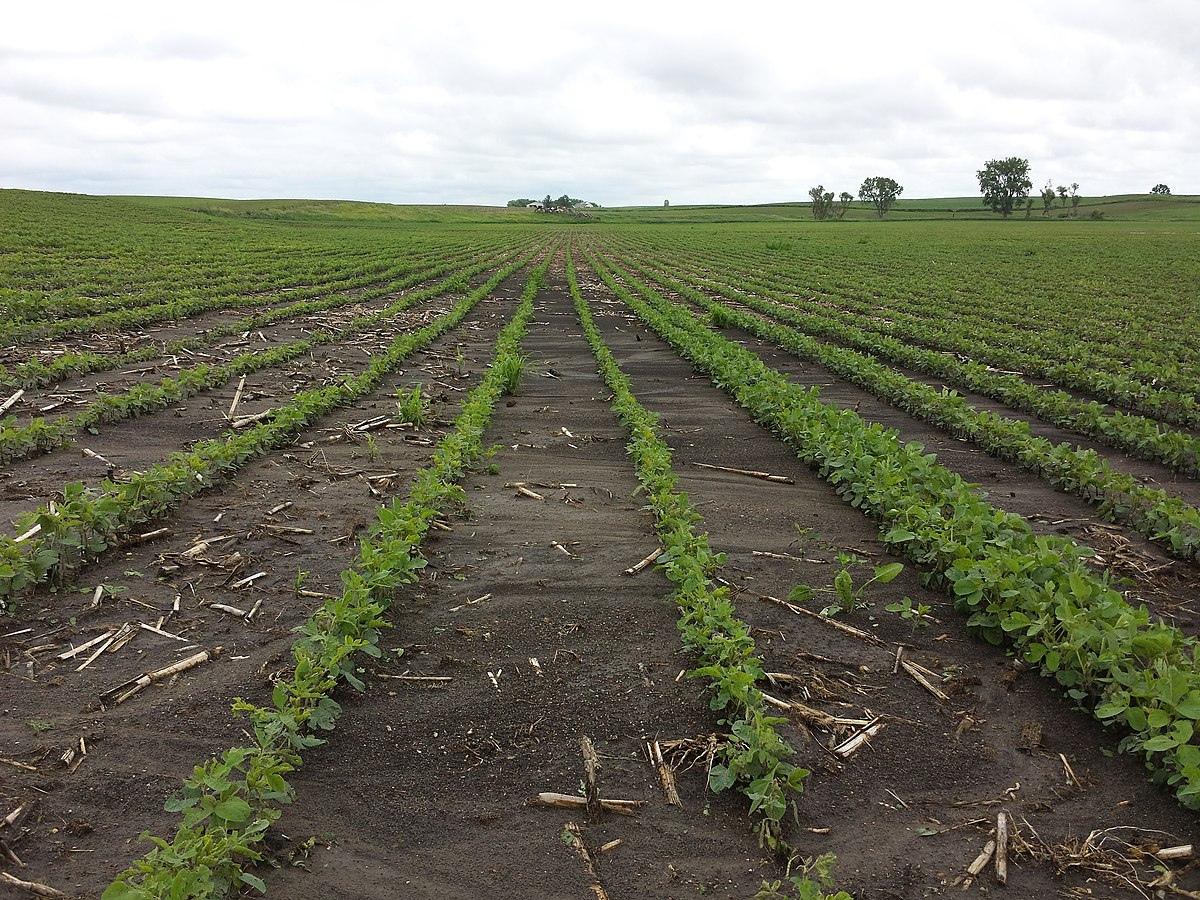


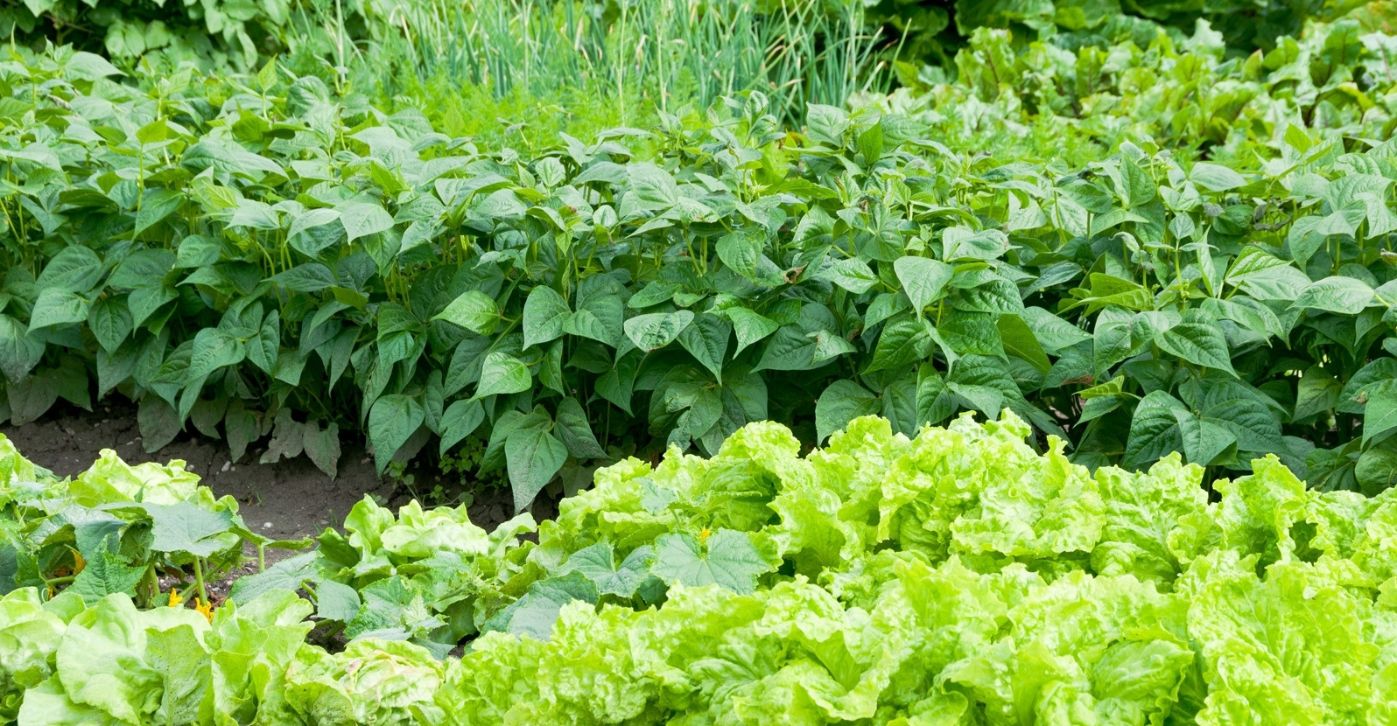
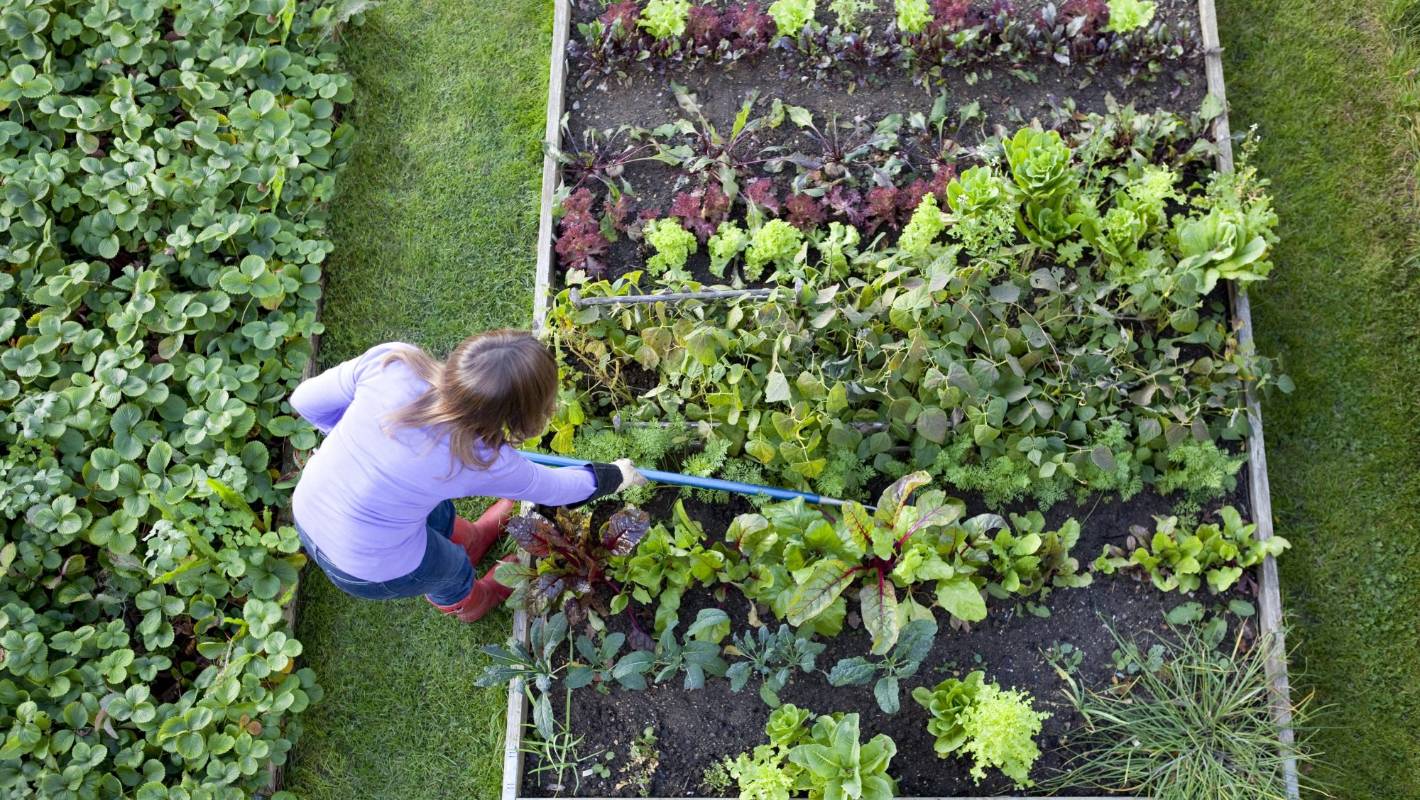
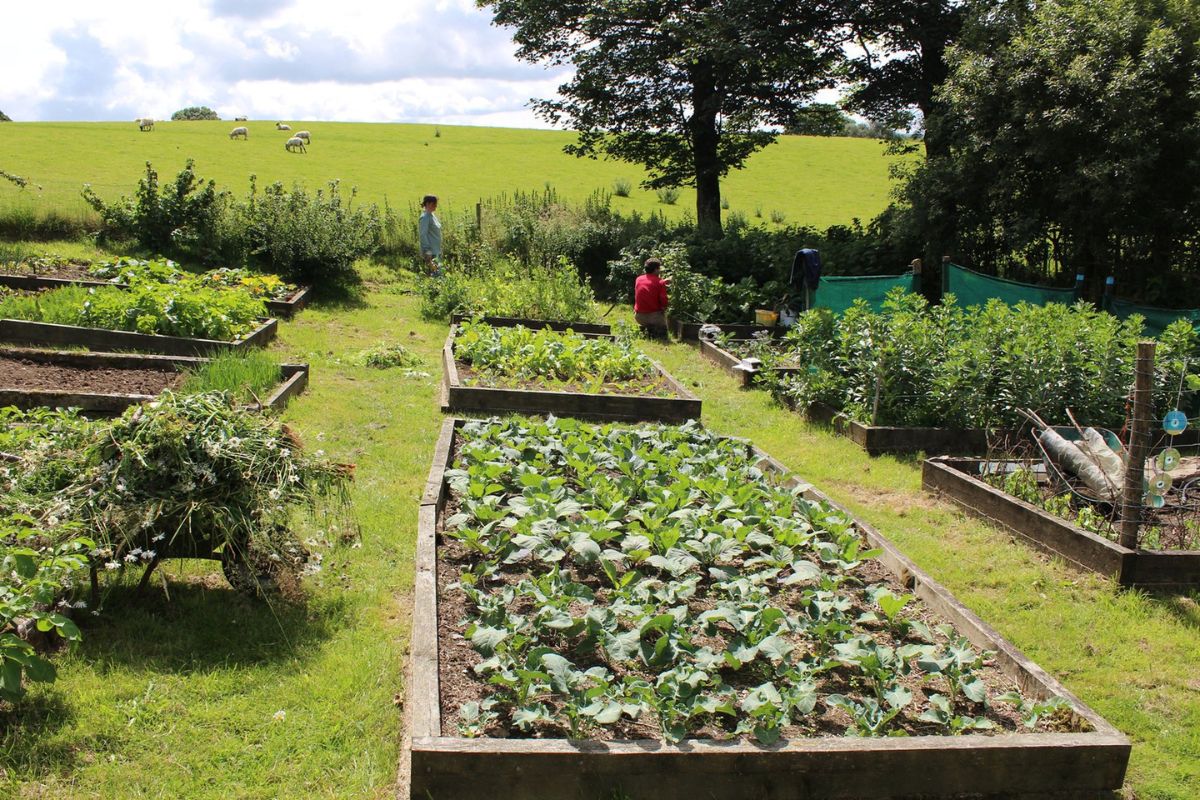
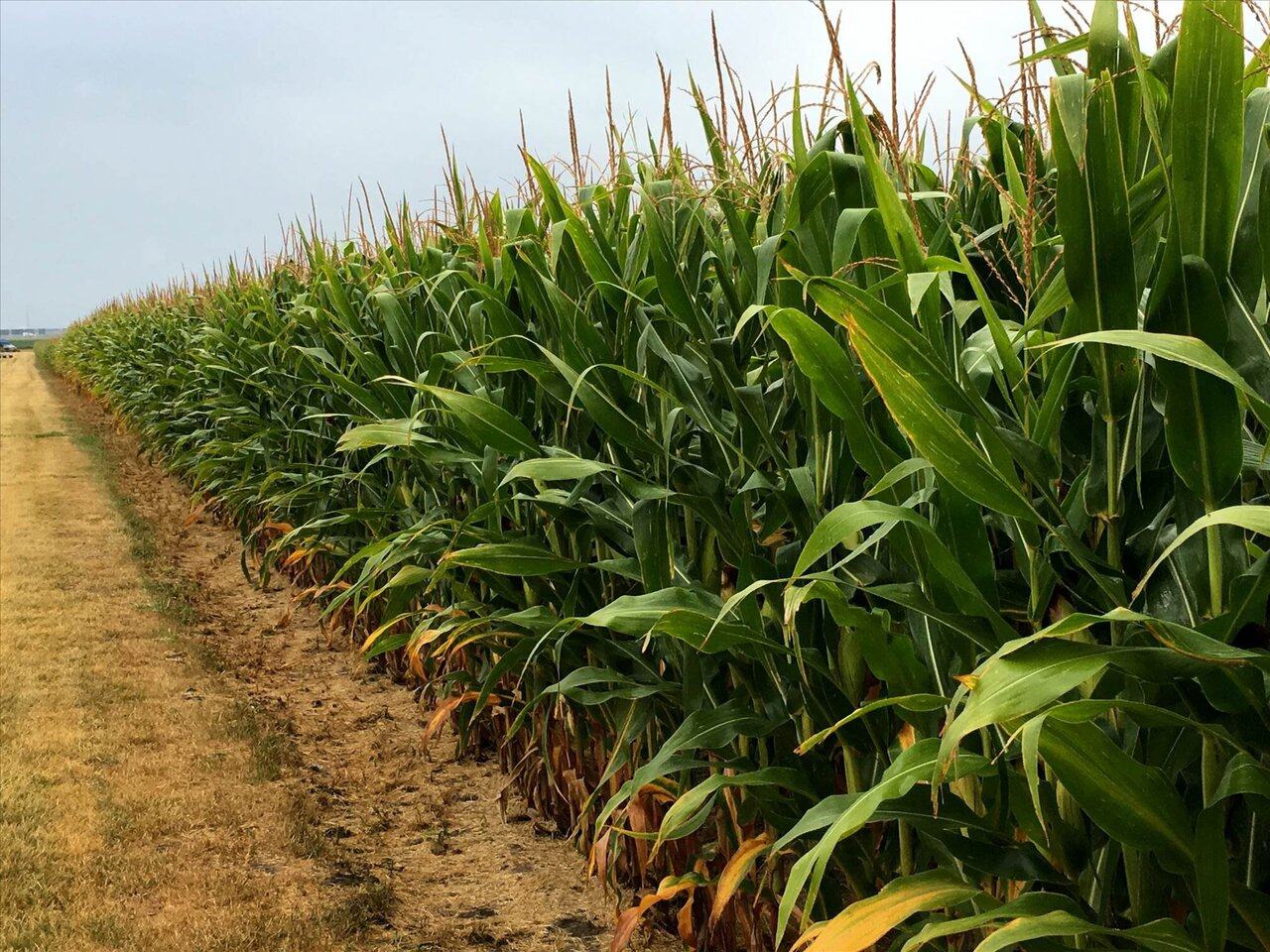

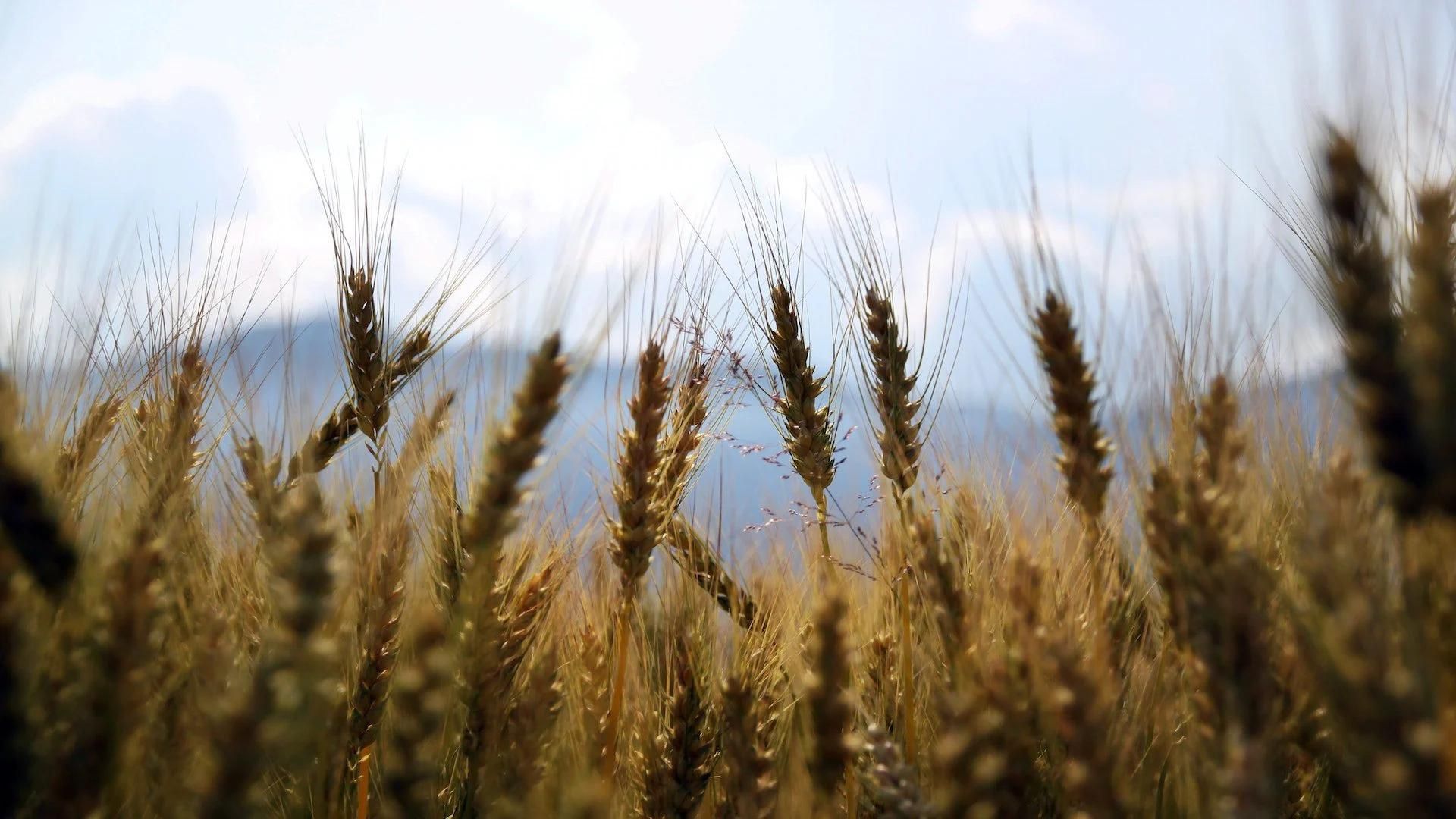

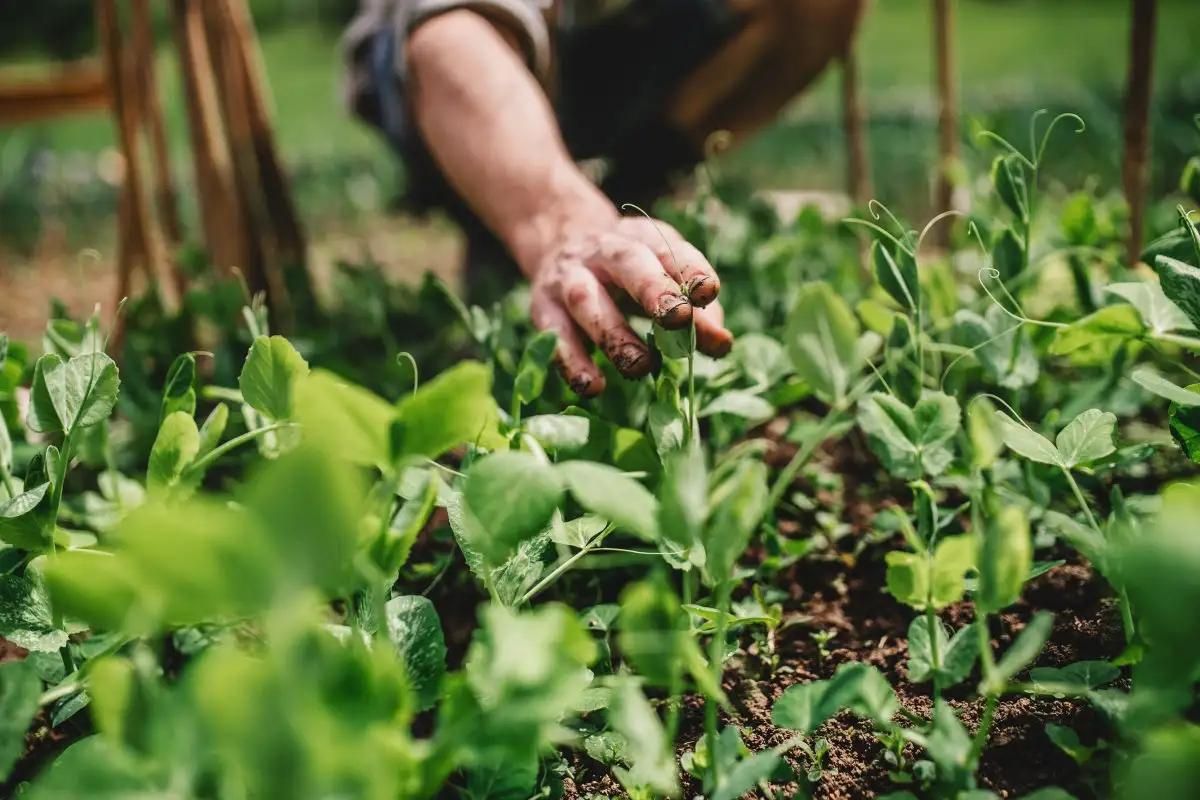
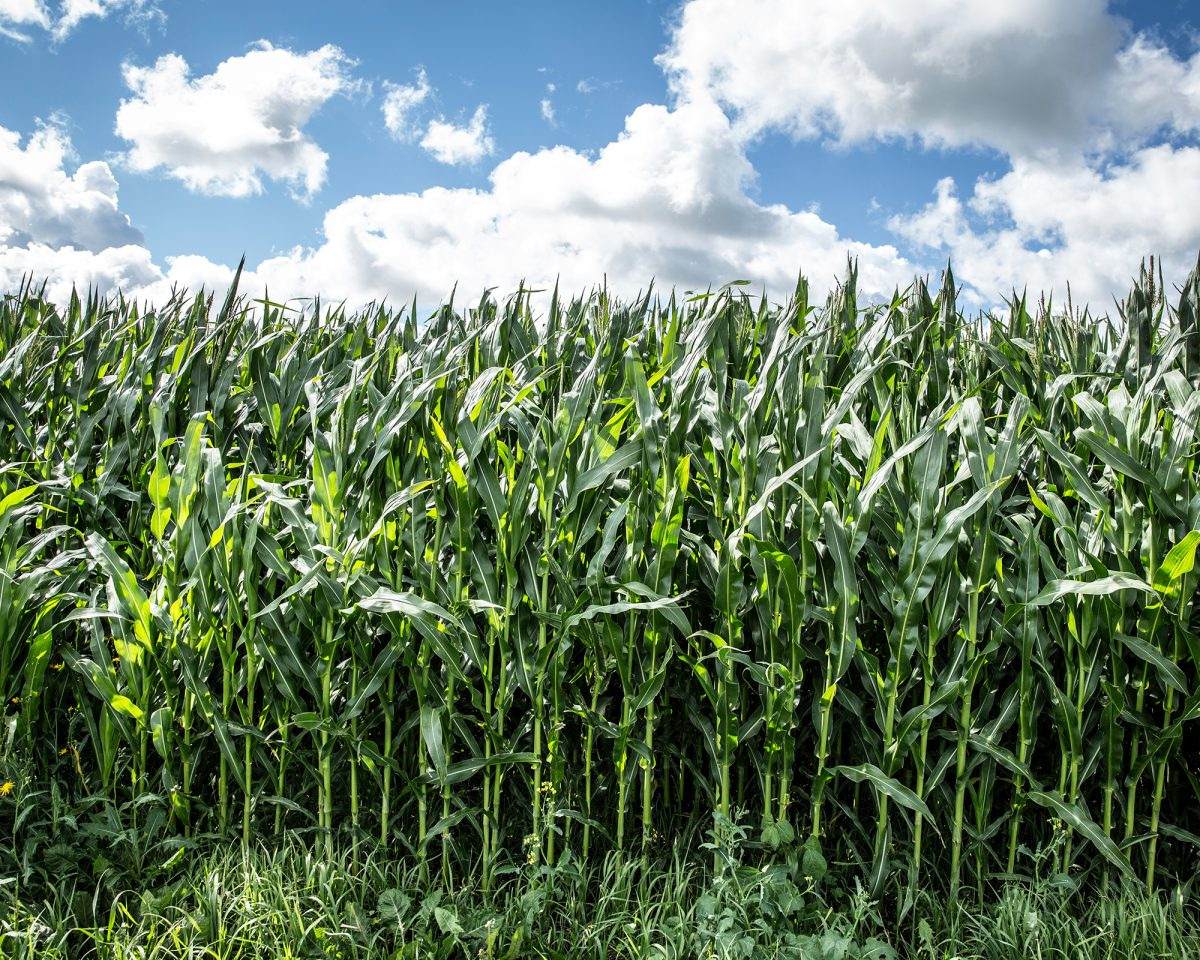

0 thoughts on “What Does Crop Rotation Do”